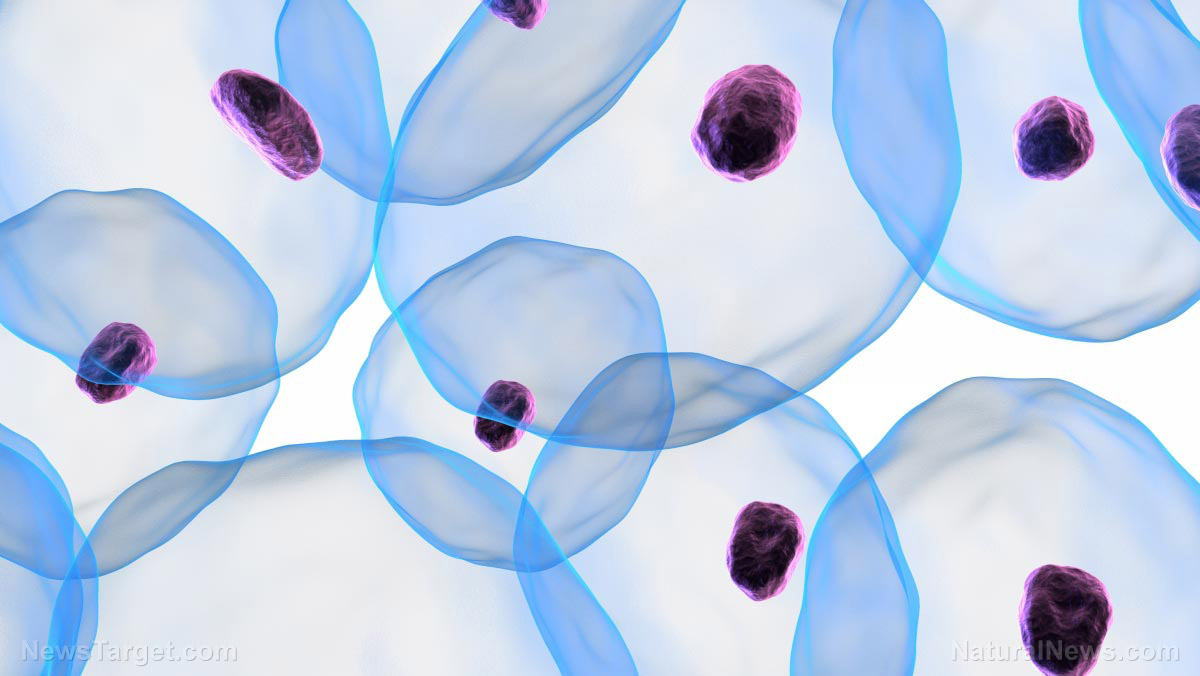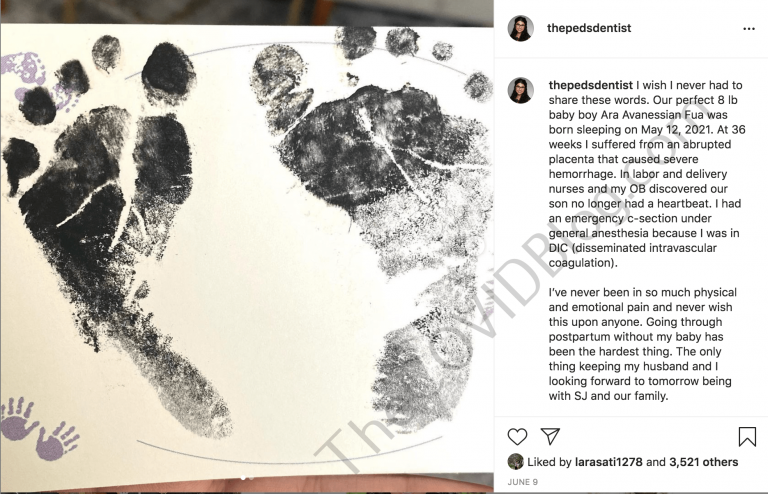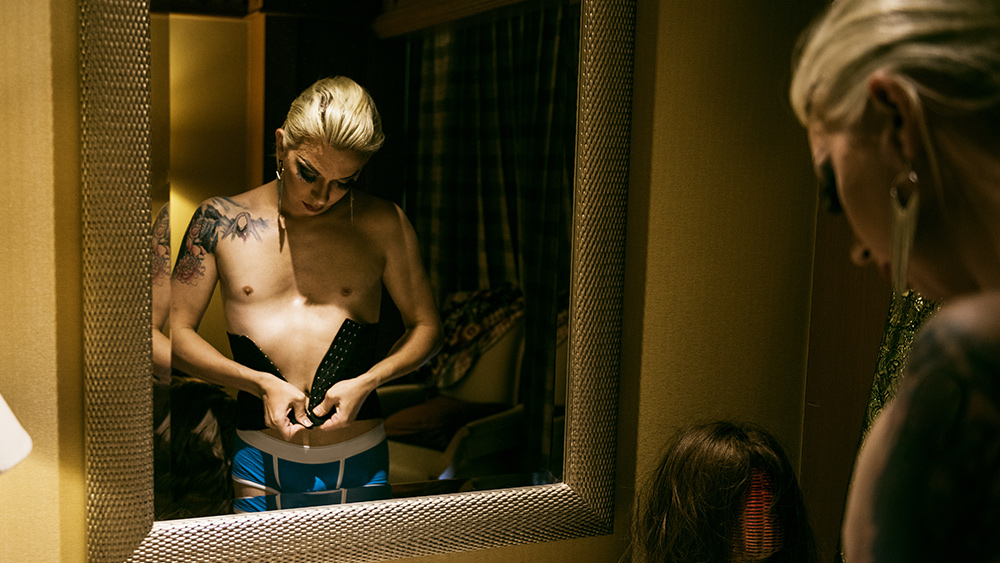Loving their children on a cellular level: Egg cells “choose” healthy cell components to pass to the next generation
12/18/2019 / By Edsel Cook

Mothers really do want only the best for their kids. In a recent study published in Nature, researchers found that a developing ovum tests each mitochondrion, and selects only the healthiest to be passed to the next generation. A mitochondrion is an organelle that converts food into energy and drives cellular activity. Often referred to in its plural form, mitochondria play critical roles in the organism’s health.
Researchers from New York University and the University of Toronto led the animal study. They observed how maternal reproductive cells selected the healthiest mitochondria at hand for the next generation of cells to inherit.
“Our results confirm the theory that egg cells execute mitochondrial selection,” explained NYU researcher and senior study author Ruth Lehmann. “The findings set the stage for new approaches to the treatment of mitochondrial diseases, which include myopathies that cause muscle weakness, neurological problems, and forms of diabetes.”
Unlike most organelles, mitochondria possess genetic data. The mitochondrial genomes are smaller than the ones found in the nucleus of their parent cells.
Mitochondrial DNA sets get passed on solely through the maternal side via egg cells. Their genetic code also changes and mutates more often — the changes intensify as the person grows older or develops a genetic disease. (Related: Researchers reveal how vitamin D affects key immune system cells.)
How do egg cells pick which mitochondria to pass down to the embryo?
Previously, researchers didn’t know how to tell good and bad mitochondria apart. The identification issues frustrated earlier attempts to understand how egg cells sorted and passed on mitochondria.

The research team used fruit flies (Drosophila melanogaster) in their experiment. The functional and mutant mitochondria in the insects bore fluorescent labels that made it easier to tell good and bad organelles apart.
Fruit flies often serve as model organisms for genetic inheritance and other biological principles. Its cells share many features with humans — such as the ability to pick mitochondria.
Extended tubes served to connect mitochondria. Each of the rod-like structures carried numerous mitochondrial DNA molecules. The tubes serve as shelter for both healthy mitochondria and the genetically-flawed organelles that fail to make any of the proteins for producing energy. Inside the tubes, a genetically-flawed mitochondrion may survive the cut. It borrows the proteins it needs from other healthy mitochondria within the same tube.
Dropping mitofusin levels triggers the mitochondria selection process – even in non-reproductive cells
A direct imaging technique showed how the egg cells of fruit flies picked the healthiest mitochondria. The researchers found that the selection process relied on the precisely-timed reduction of a protein called mitofusin-1. Mitofusin enables the fusion of mitochondria. When the protein levels go down, the organelles fragment into individual units, each of which contains far fewer full sets of mitochondrial DNA.
During the ensuing competition, each mitochondrion will only have itself to rely on. The “bad” organelles with mutant mitochondrial DNA will fail the surprise test since they have no healthy neighbors to borrow energy-production proteins from.
The researchers reported that the “bad” mitochondria get eliminated by the test. Simultaneously, the healthy energy-producing organelles no longer needed to support their faulty counterparts – they became more efficient at supporting the embryo.
The egg cells picked the healthy mitochondria during the developmental stage. Further, they got rid of bad organelles through mitophagy. The mitophagy process attaches the signaling proteins Atg1 and BNIP3 to the target. A marked mitochondrion gets destroyed.
Finally, the researchers artificially triggered a drop in mitofusin levels in non-reproductive cells that didn’t undergo such a change in nature. They found that the “treated” cell also fragmented its mitochondria and began selecting among the individual organelles for the healthiest examples.
Sources include:
Submit a correction >>
Tagged Under:
biomedical science, breakthrough, discoveries, DNA, egg cells, genetics, mitochondria, reproduction, research
This article may contain statements that reflect the opinion of the author





















